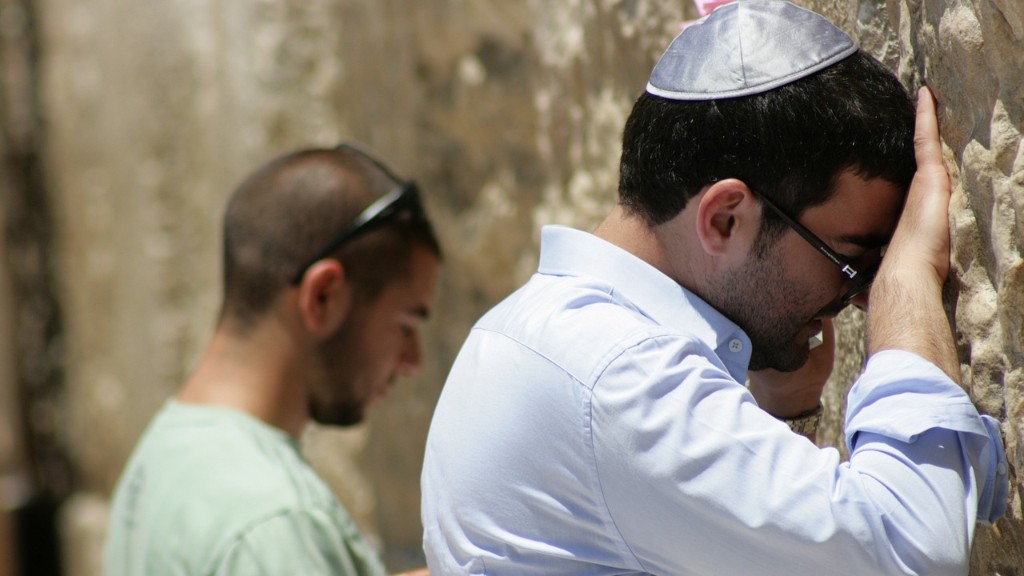General Christianity influences in Medieval Europe
The impact of Christianity in Medieval Europe was incredibly pervasive, from the most sacred rituals to everyday life. Although Christianity had existed in Europe since the fourth century, its influence in the early Middle Ages had been largely confined to the churches and monasteries of the East Roman Empire. But by the medieval period, Christianity had become a powerful force in Europe. During this period, the Roman Catholic Church became the focal point of virtually all aspects of life in Europe.
As Christianity spread across the continent, it transformed society. For example, Christianity shaped the economic system in terms of the labor force that was needed to sustain certain industries. Christianity also had a profound impact on the political power structure of Europe. During the Middle Ages, the monarchs and kings of Europe used the Church to solidify their authority and to control the people. The Church acted as a mediator in disputes between rulers, allowing them to maintain a semblance of order.
Christianity also influenced the culture of Medieval Europe. Through its teachings, the Church was able to shape the way people thought and behave. Religious holidays were celebrated, books were written and illuminated, and art and architecture flourished. The Catholic Church itself developed a hierarchical structure and was able to bring together a community of believers.
In addition to its influence on the political and cultural aspects of Medieval Europe, Christianity also had an impact on the scientific and intellectual advances of the period. Many of the most important scientific discoveries, such as the first use of the printing press, came from religious scholars. The scientific advances of the Age of Reason were also heavily influenced by Christian beliefs and philosophies.
Christianity was an integral part of everyday life throughout the Middle Ages. Virtually every aspect of life was impacted by its teachings and beliefs, from government to education. It offered moral and spiritual guidance, while at the same time establishing a basis for the development of laws, customs and social behavior.
The Role of the Church
The Church played an integral role in Medieval Europe, acting as a powerful and influential religious institution. It provided spiritual guidance, as well as political and economic support to kings and rulers, allowing them to maintain a strong power base and to enforce laws. The Church was also the primary source of education, offering an invaluable source of knowledge to those seeking it.
In addition to its involvement in the political and economic spheres, the Church also acted as a unifying force in Medieval Europe, bringing together members of different social classes and backgrounds under its umbrella. The Church provided a sense of solidarity and belonging, creating a sense of belonging for members of any background.
In terms of its influence on society, the Church was often seen as a symbol of status and power. Its presence in the courts of kings and nobles assured them of the legitimacy of their rule. It also served as a source of moral and ethical guidance in an increasingly chaotic society, providing an assurance that the laws of the Church would ultimately be enforced.
The Church was also the primary source of knowledge and learning. By the late Middle Ages, the Church had established its own system of universities throughout Europe, which provided a source of intellectual and philosophical knowledge to those who sought it.
The Impact of Christianity in the Arts
The influence of Christianity on the arts in Medieval Europe was pervasive. The Church held a monopoly on the production of art and literature, creating a culture based around religious themes and concepts. Many of the great works of art from the Middle Ages were created by Christian artists, and the Bible served as a foundational text for much of the literature of the period.
The architecture of the period was heavily influenced by religious ideas, as many churches and cathedrals were built in the Romanesque and Gothic styles. The art of painting and sculpture also served as a form of religious expression, with the Church commissioning several masterpieces such as the Bayeux Tapestry.
In addition, Christianity also played a major role in the music of the period. Many religious songs, hymns and chants were composed in monasteries, and the most famous sacred music of the period came from composer such as Hildegard of Bingen, who wrote some of the earliest known works of European sacred music.
By influencing the production of art and literature, the Church was able to reinforce its message and create a cultural landscape based on its principles and beliefs. Its presence in the culture of Medieval Europe left a lasting legacy, with sacred art and literature serving as a reminder of its power and influence.
Impact on Society
The impact of Christianity on medieval European society was huge. The Church was an important source of social control and conformity, providing a moral and ethical code which allowed rulers to keep people in line. Through its teachings, the Church was able to shape the social, moral and ethical norms of the time, providing a framework in which individuals could live their lives.
In addition to its role as a source of social control, Christianity also provided a sense of community and solidarity. Its presence in everyday life allowed individuals from different backgrounds and social classes to come together under the umbrella of Christendom. The Church also provided a source of comfort and help to those in need, offering charity and providing material resources to those suffering from poverty and hardship.
Through its influence on the law and culture of Medieval Europe, Christianity was able to shape the structure of society to fit its own beliefs and demands. It provided a strong sense of order and community, and established a framework for government and social behavior which would remain in place for centuries.
Missionary Work
Many of the aspects of Christianity that had a pervasive impact on Medieval Europe were brought to the continent by missionaries working in the name of the Church. These missionaries traveled to far-flung lands, bringing with them the teachings of Jesus Christ and introducing members of other societies to the religion. This evangelization of foreign lands helped to spread the religious teachings of Christianity across the length and breadth of Europe.
The Church also supported missionary work by sending monks and priests around the world to build schools and monasteries. These establishments helped to spread the word of God to distant parts of the world, as well as providing education and resources for local communities.
By disseminating religious doctrine to other cultures and societies, missionaries were able to extend the influence of Christianity and shape the cultures of remote parts of the world. This, in turn, helped to spread the influence of the Church throughout Medieval Europe.
Christianity and the Law
Throughout the Middle Ages, Christianity had a significant impact on the development of European law. The Church was often consulted for advice when decisions had to be made on legal matters, as it was believed to have a higher moral authority than the monarchs and governments of the day. In addition to providing spiritual guidance, the Church also provided practical advice on a range of topics, including criminal justice, family law, inheritance and contracts.
Christianity also served as the foundation for many of the legal codes of the time. The Church’s teachings provided a set of moral and ethical principles which could be used to guide the decision making process of judges and rulers. As the Church’s influence extended across Europe, these legal codes would find their way into the laws of different countries and become integral to their functioning.
By influencing the development of the law, Christianity was able to shape the structure and nature of Medieval European society. The Church’s legal framework provided a sense of order and stability, and helped create a culture based on Christian principles. This, in turn, would lay the foundations for a European society which would last for centuries to come.
Conclusion of Christian Influence
The influence of Christianity in Medieval Europe was incredibly pervasive, from the most sacred rituals to everyday life. Its presence in Europe provided stability and order, while also allowing rulers to control the population through religious teachings and principles. Christianity also left a lasting impact in terms of the arts and literature of the period, and its legal codes would shape the law of the day. Finally, its missionary work spread the religion to far-flung lands, allowing it to become the dominant faith of Europe.


